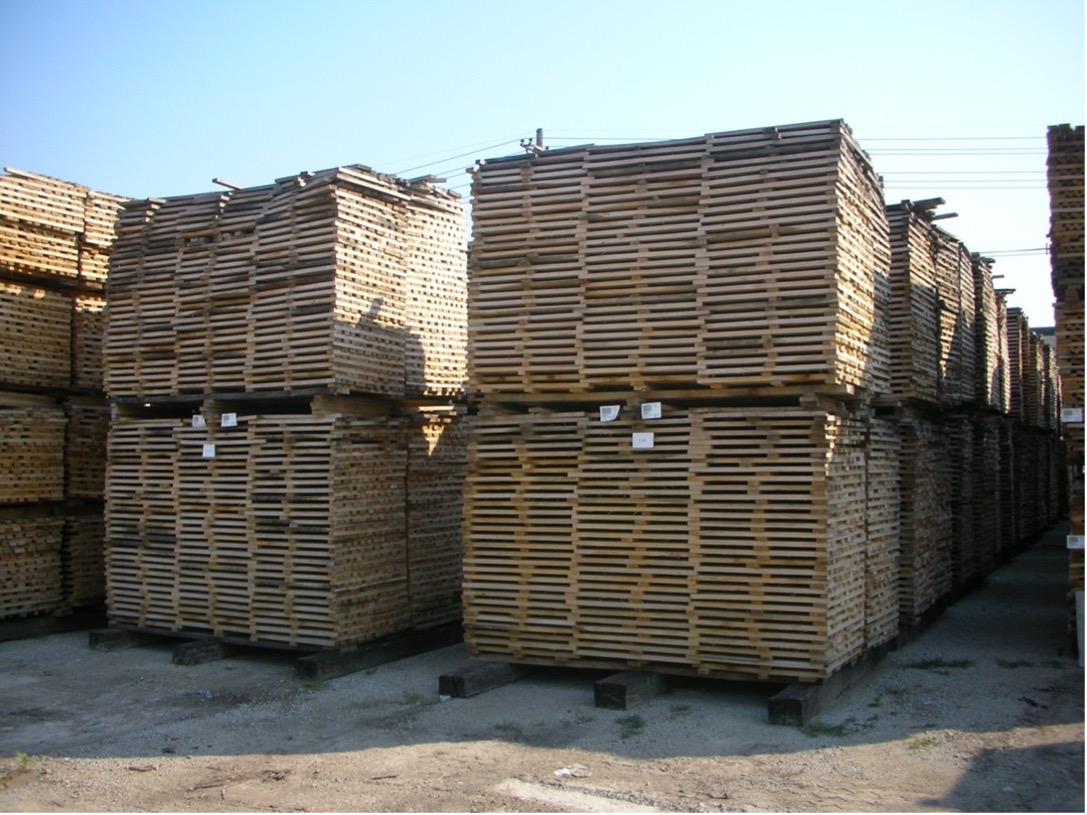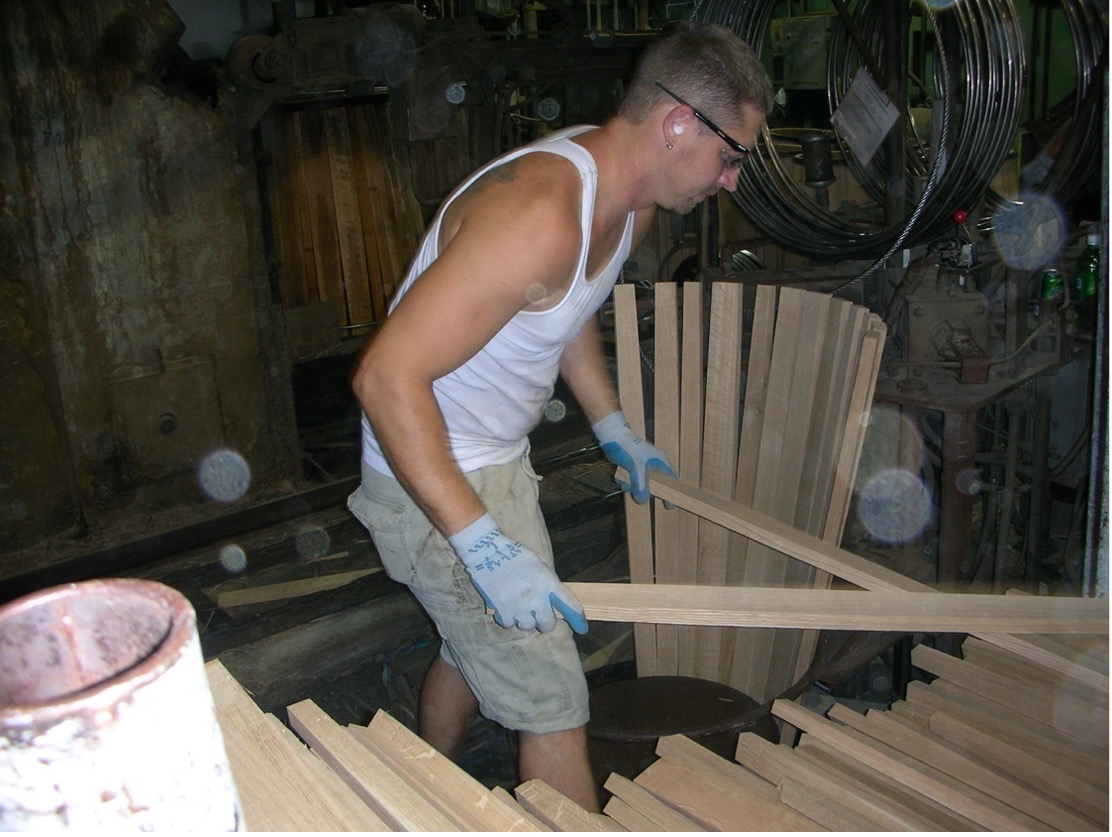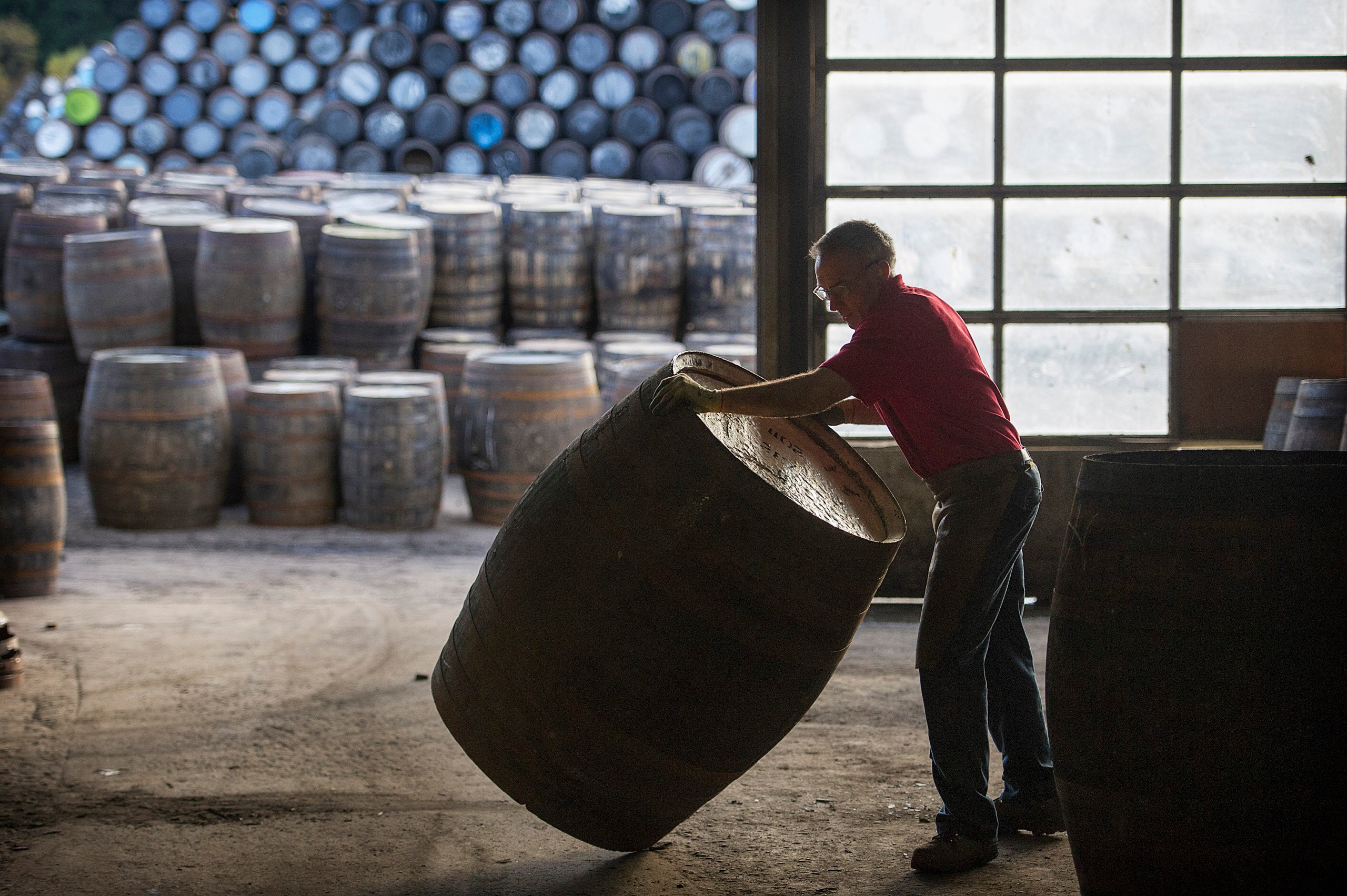May Outturn 2024 Feature Article
Whisky appreciator and writer Chris Middleton continues his Outturn series ‘Mighty Oaken Cask’ in this issue with the third chapter, delving deeper into the coopering method, how it really has remained one of the truly “handmade” elements of whisky making since the beginning, and looking at European Oak from tree to cask.
Every whisky on the market can claim handmade status, as every cask is assembled by hand*. Machinery only plays a secondary role in sawing and pneumatics, as manual activities are necessary for raising, repairing, and maintaining every cask through its productive life.
While all parts of the whisky distillery and manufacturing have been mechanised or automated, coopering casks and barrels remain the last bastion of this manual skill. In 19th century America, many distilleries and brands claimed ‘handmade’ status instead of the modern-day term, ‘craft’, even though most did not practice manual methods other than the generic sourcing of barrels. Hand-made referred to cooking and mashing by hand until the advent of steam and mechanical equipment eliminated this labour-intensive cost. Some whisky brands claim to be handcrafted. However, such claims rarely stand up to scrutiny as few distillers practise any form of manual intervention or physical touchpoints in manufacturing whisky — except for the universal cask, where handmade and craft is not marketing puffery, but fact.
There are three branches of coopering: wet, dry and white. The casks for holding potable spirits, wine and beer are called tight or wet. Oak is universally the wood of choice as it is the superior hardwood — durable, strong, able to bend into shape, sufficiently porous to breathe and extract by interactive hydrolysis, forming desirable flavours to ameliorate the liquor. Until the 1930s, wet casks included the fish trade (i.e., herring), oil and other fluid products packed in cheaper spruce, elm, fir and other woods. Dry or slack coopering are not water-tight casks. They were purposed to hold loose items such as nails, sugar, grain, gunpowder, etc. White coopering is an arcane category describing household and farm pails, wash tubs and butter churns — white because these simple, straight-stave domestic vessels were bound with white ash hoops.

Readying oak trees to become casks.
European oaks take 90 to 200 years to reach logging maturity and grow for 1,500 years. American oaks mature between 50 to 150 years; harvested within forest conditions where the lateral branches develop higher up the trunk, they can produce three 200-litre barrels from a healthy tree’s circumference. The quality of the tree’s wood, especially its annual growth rings and the tightness of the grain, is affected by factors such as soil conditions, seasonal temperatures, precipitation and exposure to sunlight.
Oak trees are best logged when the sap is not running in the coldest seasons and sent to saw and stave mills. European oak can only be split, while rotary saws cut American oak. The next step is seasoning by air and kiln drying. The best wood is air-seasoned outdoors for over two years, allowing rain and sun to leach out tannins and fungi and bacteria to break down the wood cellulose and lignin, causing biochemical transformation and extra porousness, improving the sensory value of the staves for whisky. Kilning for a couple of months is a 20th-century fast-track alternative that also prevents the risk of shrinkage. Until the early 20th century, the chemical soaking of virgin casks with brine and sodium carbonate or scolding with steam or boiling water also helped leach out tannins and green notes from poorly seasoned casks before rinsing and filling with whisky.

The cooper assembles the staves by hand, ‘raising the cask.’ The heads that tightly fit the ends of the cask use no nails, screws or glue. The precision labour of the cooper, secured by hoops, holds the finished cask together. Before metal hoops, coopers made tightened branches of hooped willow, hazel or ash for structural support.
The cask is the most expensive raw material in the manufacture of whisky. The cost of a finished new cask is determined by oak species and labour, with an American 200-litre white oak typically costing about $300 AUD and many times more for European casks. America’s single-use law for straight whisky and filling used wine casks benefits the lighter distillates in British-style whiskies for second use and even multiple refills until the cask is exhausted; some are reconditioned by coopers, extending the cask’s working life.
The impact of every cask is a Rubik’s cube of variables, starting with different parts of the cut oak trunk and how each stave is affected by seasoning programs. Next, the cask assembly, where roasting and charring affect the thermal treatment of each stave. The next set of variables is liquid storage, from previous liquor the cask contained, frequency of fills liquor, entry proofs, and other maturation factors like airspace fill volumes. As the whisky matures, the geographic location for storage plays an important role, including macro and micro warehousing environments, and the time whisky stays in the cask continues to add flavour nuances. Hence, the axiomatic observation is that every cask is different; ergo, every whisky from a cask has its unique flavour fingerprint, like the cooper who made it.
*Recently commissioned mid-scale cooperages have entirely automated the cask-making process. With over 50 million handmade whisky casks currently in worldwide storage, mechanical casks will take a long time to make a negligible future contribution to whisky inventory.
Written by Chris Middleton. Chris is a long-time Society member and collaborator, regular contributor to Whisky Magazine, and former Chairman of Starward Distillery. Keep an eye out for part four of the Mighty Oaken Cask series in future Outturns. You can read the first two parts on our site’s blog Whiskywise now.
This article is featured in May 2024 Outturn — bottles will be available to purchase on Friday the 3rd of May at midday AEST exclusively to members of The Scotch Malt Whisky Society. Not a member? Click here to learn more about the world’s most colourful whisky club.








